Prepaid cards are everywhere these days, quickly replacing cash and checks as the fastest way to transfer money. If you're not familiar with them, they function much like checking account debit cards, but do not have the same protections as a bank account.
The number of American consumers using this kind of plastic increased to 13 percent in 2011 from 11 percent in 2010, according to an April report from Javelin Strategy & Research, a market research group. On Wednesday, the Consumer Financial Protection Bureau is announcing that it is taking a closer look at these cards to make sure that the terms for all cards are safe and transparent for consumers. Here's a primer to get you started:
Myth 1. Gift cards are the same as prepaid cards.
Gift cards -- like the Visa gift card sold at the grocery store -- can be loaded with a fixed amount of money, say $200, and used until no more money is left on the card. These cannot be added to and the only cost is the fee for the card, usually amounting to a couple dollars. In contrast, reloadable prepaid cards are debit cards, which consumers can use after accessing a PIN number; money can be added on an ongoing basis. These typically have multiple fees and additional services associated with them.
Myth 2. All cards have the same kinds of fees.
Growing competition in the prepaid market has done two things for consumers recently: It has lowered overall fees for many cards (RushCard lowered its fees earlier this year) and made disclosures slightly more transparent. But the Consumer Financial Protection Bureau and other advocates say a lot more should be done, especially concerning fee disclosures. Fees vary dramatically from card to card and greatly depend on how a cardholder deploys the card.
Myth 3. Your money is secure if the card is lost or stolen.
There is no law that asks card issuers to to insure or protect funds if cards are lost or stolen. That concerns consumer advocates. Many card issuers comply with the same regulations that banks follow for lost or stolen funds, but the only way for a customer to find out is to examine a card's disclosure agreement. Also, consumers can check if it is protected by a zero liability plan, offered through its payment network, to cover fraudulent charges.
“Consumers should expect that cards have the same safety as if they put their money into a real bank account," said Steve Streit, CEO of GreenDot, whose company's cards comply with regular bank regulations about lost or stolen funds.
Myth 4. They can help your credit score.
Prepaid cards have nothing to do with a person's credit record because no debt is assumed -- and then paid off. Suze Orman's Approved Card made headlines after its launch in January because the TV finance guru said it might help build customers' credit.
But that might be an overstatement. While TransUnion has agreed to collect data from Approved Card users, the credit reporting firm is not using that information for conventional credit reporting. American Express also has a program for its prepaid card users allowing them in certain circumstances to later open a traditional American Express charge card account; but AmEx charge cards are not credit cards.
Myth 5. Free cards are better than ones with a monthly fee. Don't obsess over a monthly fee; there are plenty of cards that don't have one. Instead ask how easy or expensive is it load the card with cash. Do you plan to use cash or a direct deposit to reload the card? Do you plan to reload the card with cash at a facility or online? How often do you plan to visit an ATM? The prepaid comparison tool at NerdWallet.com offers an overview of dozens of prepaid cards on the market. Watch out for cards that appear "free" but incur a cost of $4 to $5 to load with cash. Many cards also waive fees should the customer regularly receive direct deposits from a bank account.